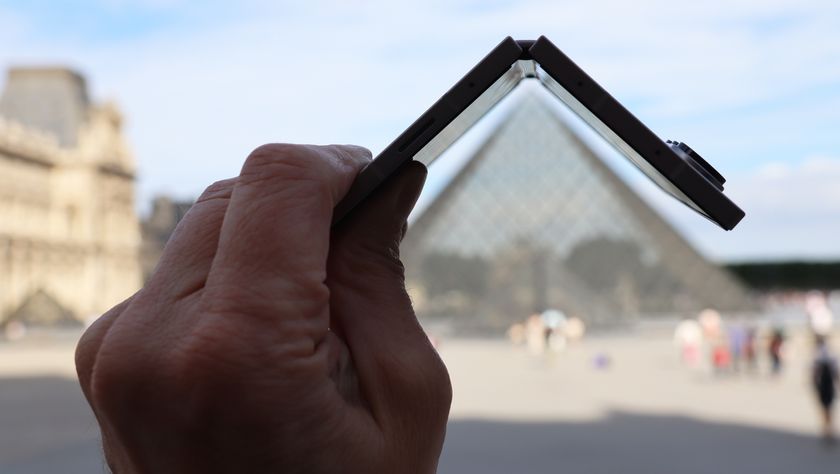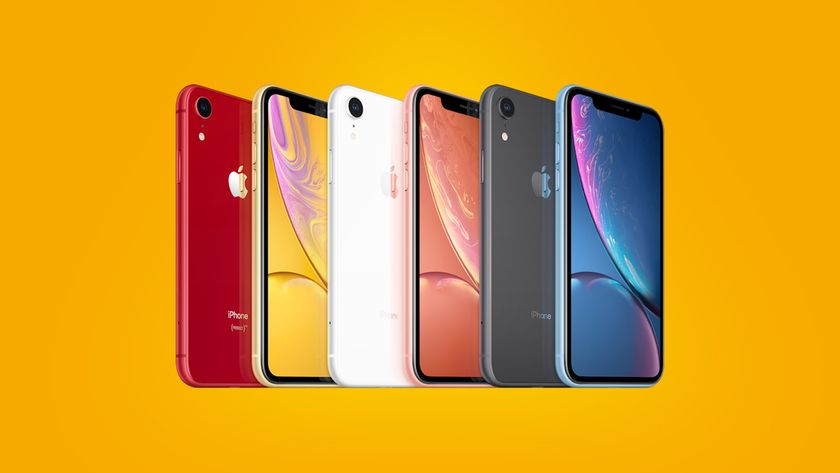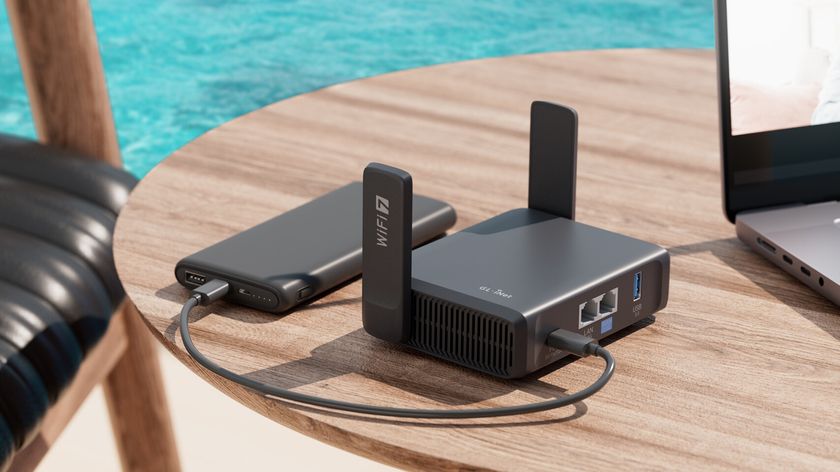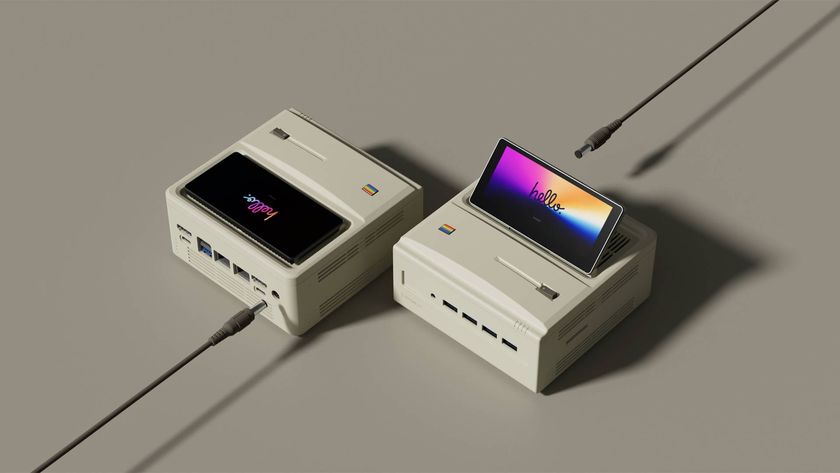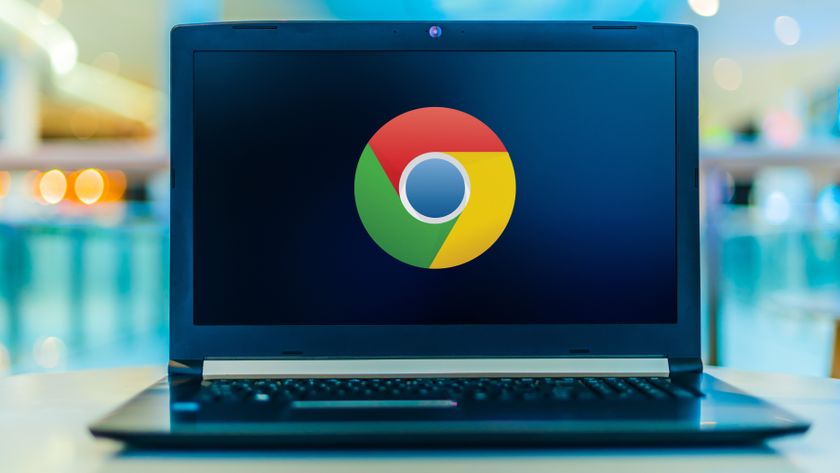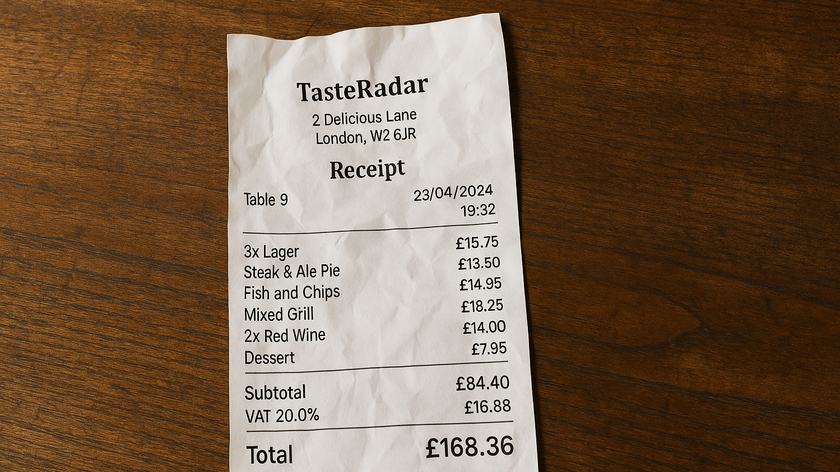Forget foldable phones – an all-glass iPhone could be the future
A future iPhone could be touch-sensitive on all sides
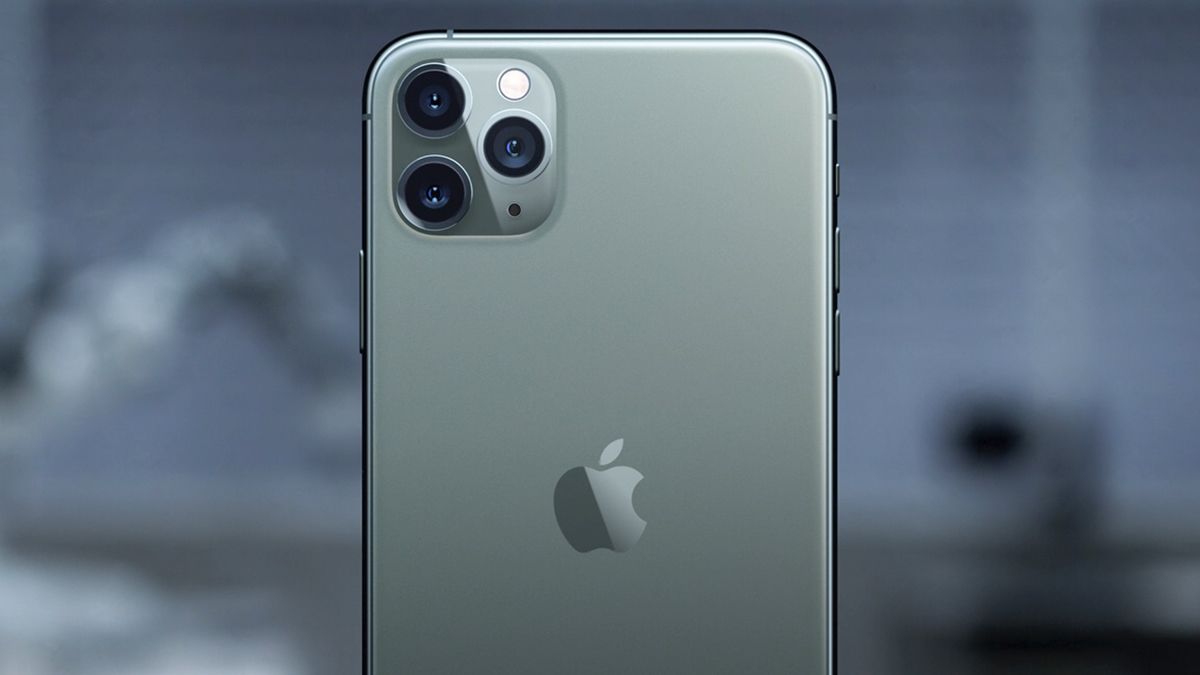
The Cupertino behemoth is looking into different ways to innovate the iPhone. Not that Apple isn’t exploring the trending foldable phone route, as evidenced by the “Foldable Cover and Display for an Electronic Device” patent it filed way back in 2017. But, clearly, it’s looking at other avenues as well.
AppleInsider reports that a new Apple patent shows an all-glass iPhone that will boast display and touch sensitivity on all its surfaces – front, back and all four sides. US Patent 20200057525, called “Electronic Device with Glass Enclosure” shows what this device could look like and how it will potentially work.
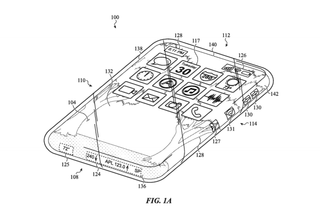
With Apple recently struggling to innovate the phone that started it all, could this new design finally be what the iPhone needs to crush its rivals? This design might seem incredible, but we’re not quite sure if it’ll work in the real world, and at a price point that will prove competitive in the mainstream market.
- The iPhone SE 2 may be the iPhone 9 we really want
- These are best iPhone apps of 2020
- iPhone XS vs iPhone XS Max vs iPhone XR: which one's for you?
Six-sided touch-sensitive display
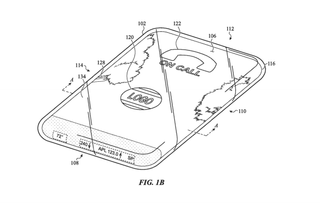
According to the patent, this device will move away from the conventional front touchscreen smartphone design. Instead, it will come “with enclosures that use glass to define multiple sides of the enclosure. In such cases, the enclosure may appear visually and tactically seamless, such that the entire enclosure may appear to be formed from a single piece of glass (even though it may be formed from multiple separate pieces attached together)."
This means that instead of the typical phone design we’re used to, this device will have an all-glass interface that seamlessly wraps around it, ditching apparent edges and resulting in a more rounded shape.
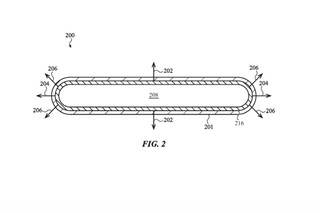
This all-glass device will also boast multiple sides that “may facilitate or enable numerous additional functions and uses that are not realized with conventional enclosures."
"For example, glass backs and glass sides may be transparent, allowing the electronic device to include additional displays that are viewable through the sides and/or the back.
Get daily insight, inspiration and deals in your inbox
Sign up for breaking news, reviews, opinion, top tech deals, and more.
Moreover, the side- and back-viewable displays may be made touch and/or force sensitive using touch- and/or force-sensing systems, effectively turning the side and back surfaces into additional input devices or surfaces with which a user may interact to control the electronic device."
In other words, while Apple still intends to utilize the front of the device as the main display, as is traditional, it will also use the other five sides of the device as additional output and input surfaces.
Use cases of such a design could be anywhere from displaying graphical outputs like images and applications to spill over the sides or even wrap around the back, to having touch controls for such things like volume and mute as well as single touch toggles for WiFi and airplane mode.
Though how all that is extremely necessary and life-changing, we still can’t imagine. We’re still stuck on how you can possibly hold such a device with your hand without accidentally pressing on things, since all of it is basically touchscreen. But hey, if anybody can make this into reality, it would be Apple.

Michelle Rae Uy is the former Computing Reviews and Buying Guides Editor at TechRadar. She's a Los Angeles-based tech, travel and lifestyle writer covering a wide range of topics, from computing to the latest in green commutes to the best hiking trails. She's an ambivert who enjoys communing with nature and traveling for months at a time just as much as watching movies and playing sim games at home. That also means that she has a lot more avenues to explore in terms of understanding how tech can improve the different aspects of our lives.
